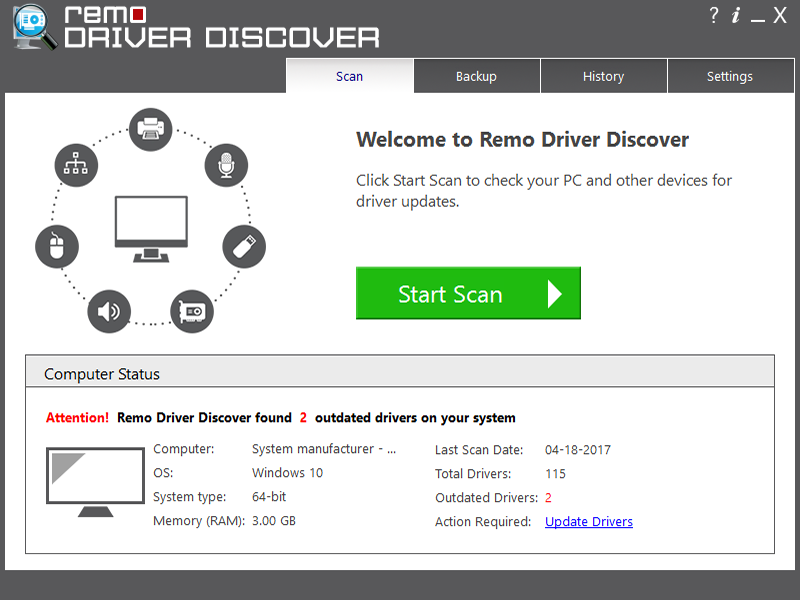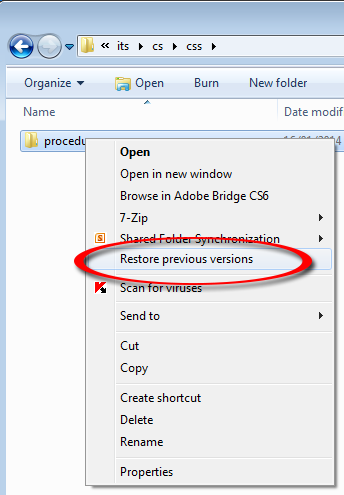
- #RECOVER FILES FROM A MAC NETWORK DRIVE HOW TO#
- #RECOVER FILES FROM A MAC NETWORK DRIVE INSTALL#
- #RECOVER FILES FROM A MAC NETWORK DRIVE MANUAL#
- #RECOVER FILES FROM A MAC NETWORK DRIVE SOFTWARE#
After that, explore the restored file system. Wait until the program finishes the scanning process. If necessary, adjust the scanning settings, or keep the default ones, and press "Start scan".Ĭhoose the needed recovered items and copy them to any safe location. Run a storage scan to get back the missing data. Scan the partition to restore deleted or lost files. Select an accessible partition and look over its content. After that, you can press "Build this RAID" to mount the storage in the list of devices.įind the assembled BeyondRAID with the partition holding your data.Įxplore the list of storages and find the reconstructed BeyondRAID – it will be marked with a special icon for easier identification. In case of multiple LUNs, define the LUN number starting from “0” for the first LUN. In the configurations sheet choose Drobo BeyondRAID as the RAID level. For this you may click on them twice or use the "Add to RAID" option in the drive context menu. Open RAID Builder by choosing the "Build RAID" in the “RAID” menu and add each drive to the array in any order. Use RAID Builder to assemble BeyondRAID from the member disks.
#RECOVER FILES FROM A MAC NETWORK DRIVE MANUAL#
Hint: If you have any difficulties with the installation of the utility, please refer to the installation manual for UFS Explorer RAID Recovery. The volumes they contain will be recognized as “Drobo BeyondRAID” and presented under the physical disks.


The attached Drobo drives will be displayed in the left pane of the main window. Launch the program with administrator rights and, if needed, change its settings.
#RECOVER FILES FROM A MAC NETWORK DRIVE INSTALL#
Install UFS Explorer RAID Recovery on the computer and run the application. Hint: To learn how you can plug the disk into the motherboard of the computer or сonnect the drive externally using a USB to SATA/IDE adapter, please refer the corresponding video instruction. For convenience, follow the initial order of drives. It is advisable to employ the fastest possible interface, for example, SATA ports on the motherboard.
#RECOVER FILES FROM A MAC NETWORK DRIVE HOW TO#
Hint: If you don’t know how to remove the NAS drives correctly, please, use the video tutorial.Ĭonnect all the disks extracted from the appliance to the computer. Keeping the order may be important if you need to return the drives back to the storage. Mark the order of drives defined by the bays from which they were removed. Turn the device off and take the disks out of it one by one.


For UFS Explorer of version 8.7 and later Hint: Please refer to the article to learn more about Drobo's BeyondRAID technology.
#RECOVER FILES FROM A MAC NETWORK DRIVE SOFTWARE#
In case you are using an old version of the software up to 8.6, please, rely on the second instruction. For configurations built on more drives (up to 8), UFS Explorer Professional Recovery can be employed. It can also be accomplished with the help of the Network RAID Edition of UFS Explorer. The procedure is illustrated here on the example of UFS Explorer RAID Recovery, which supports BeyondRAID on up to 5 drives. To restore data lost from Drobo under such circumstances, one can use UFS Explorer and the following instruction. Still, like any RAID set, BeyondRAID is not able to protect its data in the event of any logical issue, like mistaken deletion of files, software crash or incorrect rebuild. The configuration of traditional RAID is set up manually while Drobo chooses the needed algorithm itself, on the basis of the requirements of data availability at the particular moment, which will allow the array to withstand the physical failure of up two drives. Though such a system relies on data protection techniques similar to the traditional RAID, it significantly differs from any of the standard RAID levels. Data recovery from Drobo, DAS and SAN involves specific methodology due to the fact that such devices employ the proprietary BeyondRAID technology.


 0 kommentar(er)
0 kommentar(er)
